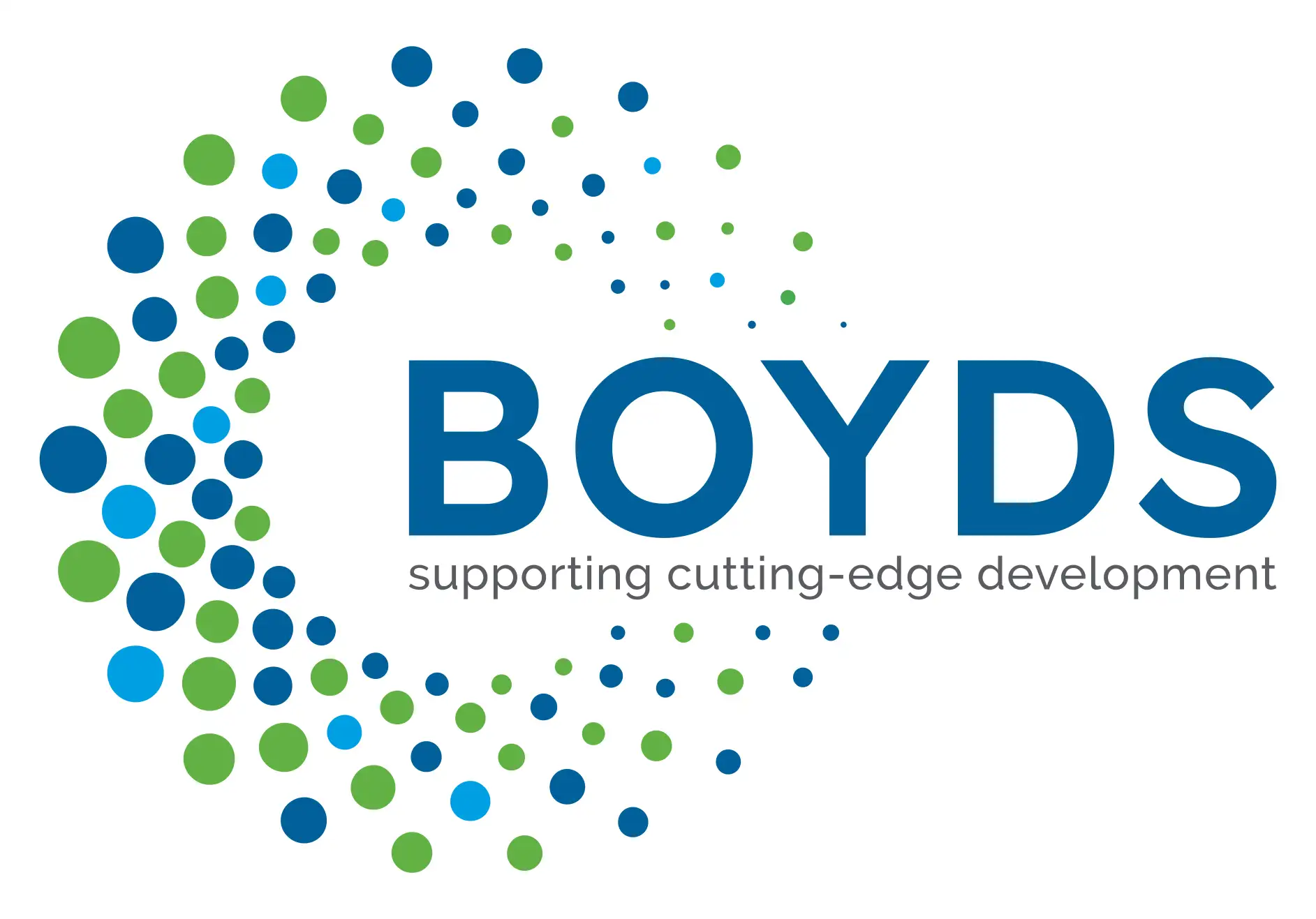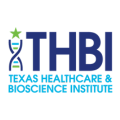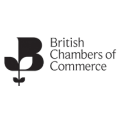Boyds’ Vice President of Regulatory Affairs, Julie Warner, has co-edited an article in the October issue of the TOPRA journal, Regulatory Rapporteur, which focuses on medical technologies.
The following article, A brave new world for medical technologies, was published in Regulatory Rapporteur, Volume 18, issue 10, October 2021.
By Julie Warner, Vice President of Regulatory Affairs, Alan Boyd Consultants Ltd, UK, and Steve Dew, Executive Director, Organon & Co, UK
Change. As a word, it generally either fills us with dread or excites us. Of course, it depends on what the change is – and its impact. It’s certainly been a year (and some!) of adaptation for all of us as we’ve adjusted to new ways of working over the course of the pandemic which, for the most part, has meant an increasing reliance on technology.
This is not a new concept: history tells us that major global threats and challenges result in huge advances in many fields, including healthcare, e.g., ground-breaking surgical techniques emerging from conflict situations. However, the advances seen recently are only a fraction of those that have been taking place over recent years in the devices and diagnostics sector. Ironically, medical device legislation in the EU has remained static for some time but, when change did come in the form of the Medical Devices Regulation (MDR), effective from May this year and, from May 2022, the forthcoming In Vitro Diagnostics Regulation (IVDR), it certainly made up for the absence of prior significant updates.
The MDR in particular has had to meet a high bar, in that it needed to be ‘future-proofed’ to be able to deal with the many novel devices and diagnostic applications emerging as a result of advances in this and other areas of healthcare, such as the numerous and increasingly complex advanced therapy medicinal products that require specialised dosing techniques, the impact of digital healthcare, and further ‘grey areas’ such as 3D printing, with an increasing need for integrated assessments (e.g., with that of the pharmaceutical) at time of licensing. However, it does not address all future challenges, such as artificial intelligence aspects, and its rollout has not been without difficulties: a significant lack of MDR-designated notified bodies, for instance, limited the ability of manufacturers to request certification or recertification of their device. The ‘gap’ in the MDR regarding artificial intelligence may well be addressed by the proposed EU Regulation specific to this aspect of technology, as summarised in our first focus article.
One critical aspect lies in the ability of such software/devices to learn, adapt, and have set boundaries – and the examples offered in the article in this regard certainly present food for thought. Meanwhile, another focus article considers the implications of defining ‘state of the art’, as foreseen in the IVDR, for manufacturers – and, in particular, a need to change the way of working when it comes to its documentation and regular re-assessment of the field, this being just one example of the many differences that need to be planned for well in advance. However, despite gearing up for implementation of the MDR, there remains one slight fly in the ointment: the UK, no longer part of the EU, will continue to follow the MDR’s predecessor, the Medical Device Directive, although plans to implement further changes in July 2023 are being considered, as we hear in the article on the future of UK regulation. This introduces a complex path that must be navigated for device manufacturers with yet another set of considerations with which to comply.
In summary, there are many changes taking place particularly within the Health Technology industry with huge opportunities for patients, healthcare providers and businesses. Regulation needs to keep pace with the speed of technological change but also uncertainty in the political and general environment. To respond to such changes, individuals and organisations as a whole must be aware of these, understand how the changes impact them, and then adapt quickly in order to thrive in this fast-paced environment.









